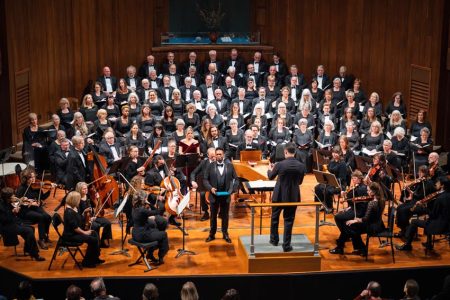The Nina Simone Project

Art exhibit by Asheville artist Valeria Watson celebrates Black History Month and Tryon’s High Priestess of Soul.
The Upstairs Artspace, Downstairs Gallery at the Art & Community Building, 49 S. Trade Street in Tryon will host a series of exhibits and events throughout February in honor of Tryon native Nina Simone (1933-2003).
The Nina Simone Project opened January 31, 2015 with a reception and the unveiling of an art installation, Reparations for Nina, by Asheville Affrilachian artist Valeria Watson, and a presentation of Mood Indigo: The Headdresses of Nina Simone by Madame Magar.
A renowned singer, musician, and activist, Simone was born Kathleen Eunice Waymon in Tryon in 1933. Though trained as a classical concert pianist, she was denied a scholarship to the prestigious Curtis Institute of Music in Philadelphia, reputedly because of her race. To earn money to pay for her own training, she began playing—and singing—in nightclubs, and quickly was offered a recording contract.
Her career grew to encompass jazz, blues, folk, R&B, rock music, gospel, and pop, in addition to classical piano, and she was awarded a Grammy Hall of Fame Award and nominated for 15 Grammys.
She was also an outspoken and admired figure in the Civil Rights movement, speaking and singing at the Selma-to-Montgomery marches and many other events and recording such consciousness-raising songs as “To Be Young, Gifted and Black,” based on Lorraine Hansberry’s unfinished play of the same name.
When local artist Margaret Curtis began discussing the idea of Watson doing an exhibit in Tryon to honor the singer, Black History Month seemed ideal, as Simone was born February 21. Watson, a Priestess of Osun, suggested turning the event into a community healing ritual to honor the musician with month-long events. As a result, The Nina Simone Project focuses on bringing black and white Tryon together with music, art, and frank discussions—including race.
While art always reflects the persona of the artist, Watson’s work often does so in a very literal way.
“We had similar childhoods under segregation,” she says. “Being allowed to photograph local models in Nina’s home tied me to place and time. I then began to construct in my mind how that house could become a gift or reparation to Nina. It consists of things I love and it is a sharing with Nina and Tryon.”
Among those things are collaged fabrics in the Upstairs Artspace that are designed to recreate Simone’s home. There are also props used in the show that will be available for sale.
Also on tap for the retrospective is a Panel Discussion at 7 p.m. February 26, 2015 to discuss Simone’s chosen path in life, from leaving Tryon to her travels and travails that ultimately took her to live in France for her final 10 years. Dr. Joseph Fox, one of the panelists, says, “Nina grew up at a time when people of color, especially black women, were still not valued by most people in the South. Her strong spirit caused her to speak out against injustices that she did not only see, but lived.”
A free jazz concert will be held on Simone’s birthday, February 21, at Roseland Community Center in Tryon. The exhibit will close March 13, 2015 with a screening of Ghosts of the South, an 18-minute Butoh film co-created by Watson and dancer Julie Becton Gilliam. The project was made possible through a grant from the Polk County Community Foundation’s Community Matters free-event program.
For more information: upstairsartspace.org or www.valeriawatsondoost.com.
Working closely with the Waymon family, the Eunice Waymon/Nina Simone Memorial Project led by Crys Armbrust has carried the torch for Simone’s life and legacy, including offering scholarships, a sculpture of Tryon’s famous “native daughter” erected on Trade Street downtown, and a yearly music festival. Watson’s UNCA exhibit Whole Earth Theory: Dimensions of Life and Death was called the Best Show of 2013 by critic Kyle Sherard.





